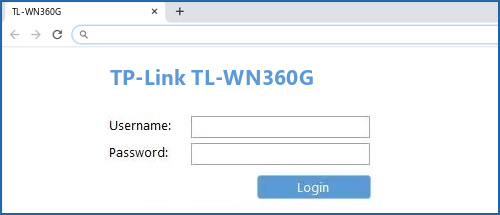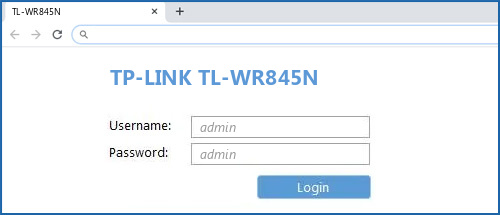

- #TP LINK ROUTER DEFAULT IP FULL#
- #TP LINK ROUTER DEFAULT IP PASSWORD#
- #TP LINK ROUTER DEFAULT IP MAC#

#TP LINK ROUTER DEFAULT IP PASSWORD#
Set a wireless password and make it a good one.Select Wireless Security and make sure WPA2 Personal is enabled.Set your SSID to something different from any WiFi network you may already have configured, and select Save.Select Wireless and Wireless Settings from the menu.Log back into your TP-Link router using the new IP address.This ensures the two routers can communicate, but there won’t be any IP address conflicts. If your main router uses a DHCP range of 192.168.1.10 to 192.168.1.100, you will want to configure the TP-Link router outside this range but within the same subnet. You will be kicked out of the admin screen that’s normal. Configure your TP-Link router manually to an address within your home network.The credentials are often printed on the bottom of the device. Log in using the credentials also on the router, usually admin and admin.You should see the TP-Link screen appear. Open a browser and type the IP address on the label of the router.Connect a computer directly to the TP-Link router using Ethernet.Once the link light goes green, you have a connection and are ready to configure.Power your TP-Link router on and let it communicate with your main router.Connect your TP-Link router to your main router using Ethernet.Plus, if your main router has WiFi, using another router purely as a range extender is like hitting a peanut with a sledgehammer. You can use WiFi if you prefer, but the configuration is slightly more difficult.

You will first need to connect your TP-Link router to your main router via Ethernet. We will configure a TP-Link router as a wireless access point to act as a range extender as well as a WAP. In this tutorial, we’re doing the latter.
#TP LINK ROUTER DEFAULT IP FULL#
Most wireless routers can be configured as a full router or as just a wireless access point. Setting up a TP-Link Router as a Wireless Access Point It’s the interchange’s job to send all traffic to the destinations they want to go. The on-ramp sends all traffic in one direction towards the interchange. Think of a router as an interchange and the wireless access point as an on-ramp. It cannot route traffic it just sends everything to the router. It acts merely as an access point for wireless devices to access the network. Where a router can intelligently route traffic using IP tables and perform switching, DHCP, DNS, and other intelligent features, a WAP cannot. These act as a wireless gateway onto your network that can be used to extend the wireless network or provide wireless access if your router doesn’t have WiFi. A router can include a WAP within it, but there are also standalone WAP devices, often seen in schools and businesses along the top of the ceiling. It will also find out whether you use a modem or connect straight to your broadband connection and will be able to route internet traffic accordingly.Ī wireless access point (WAP) is slightly different.
#TP LINK ROUTER DEFAULT IP MAC#
A router will detect what devices are on your home network and identify them using MAC addresses. It uses routing tables (IP tables) to help decide where to send traffic.


 0 kommentar(er)
0 kommentar(er)
